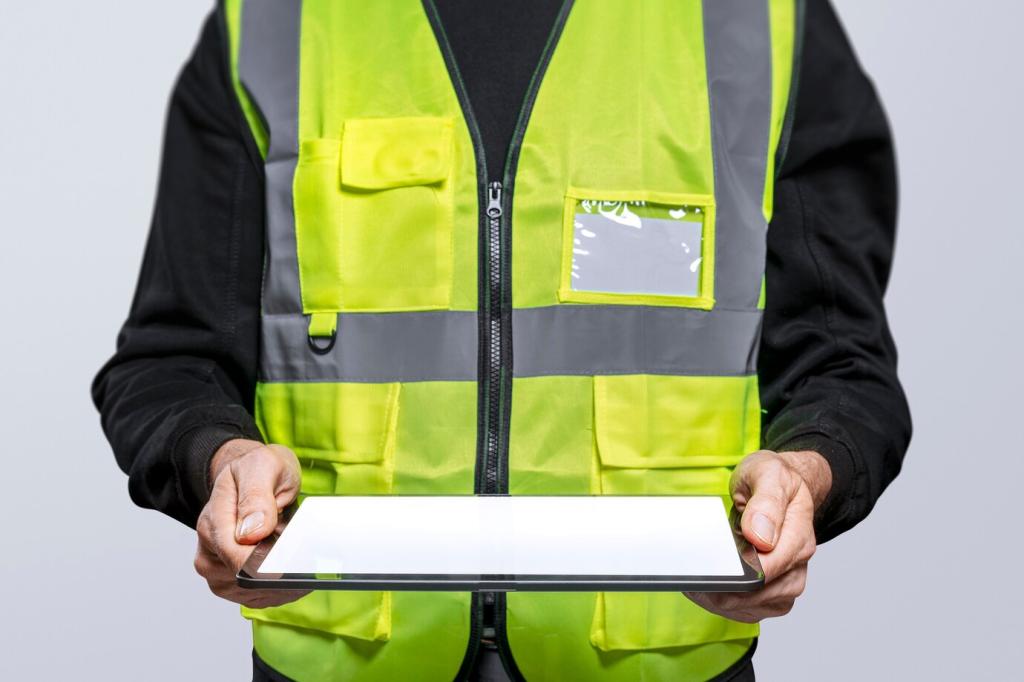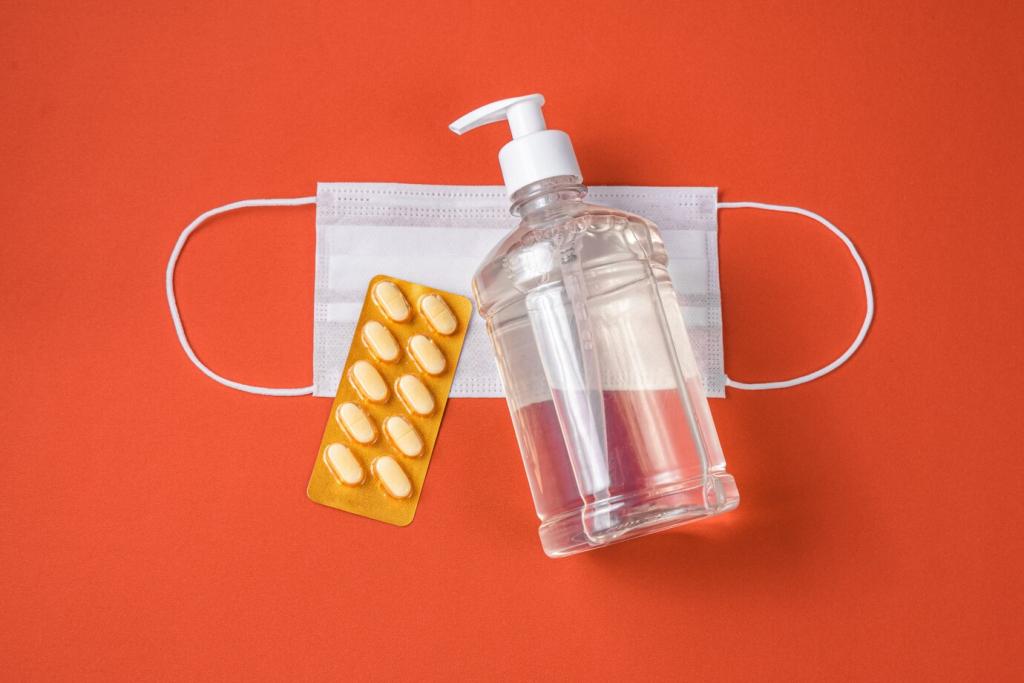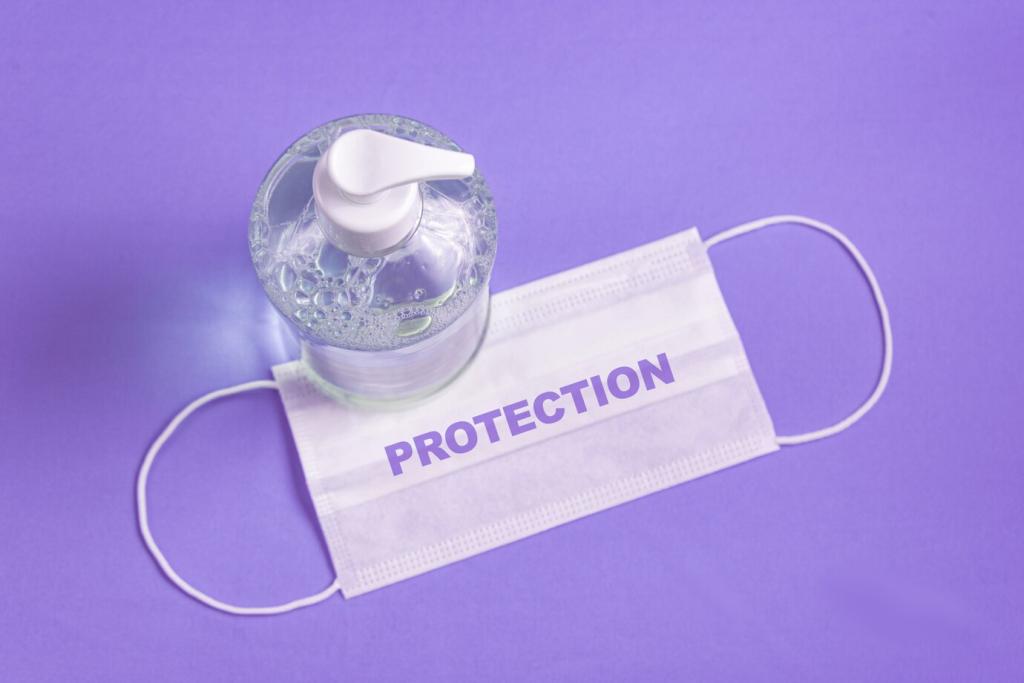
Waterproof Home Safes: What to Consider
Chosen theme: Waterproof Home Safes: What to Consider. Protect what matters from leaks, bursts, and rising water with practical guidance, real experiences, and smart checklists you can act on today. Subscribe and share your questions to help others stay prepared.
Marketing phrases can blur the difference between a safe that survives brief splashes and one that resists full submersion. Read the fine print for depth and duration, because a basement flood behaves very differently than a leaky pipe.
Understanding Waterproof Ratings
Look for independent lab verification, such as ETL water protection tests, that specify immersion time and depth. Remember, UL usually rates fire, not water. If details are vague, ask the manufacturer and share your findings with our community.
Understanding Waterproof Ratings



Capacity and Interior Organization
What Truly Needs to Live Inside
Focus on irreplaceable items: passports, birth certificates, titles, wills, and a digital backup of photos. Decide what stays daily and what rotates in during storm season. Comment with your essentials to help others refine their list.
Protecting Media and Backups
Traditional paper survives heat differently than hard drives, USB sticks, and SD cards. Consider a media-rated inner container for moisture control. Schedule recurring, encrypted backups and tell us which cloud-plus-safe combo gives you peace of mind.
Shelves, Pouches, and Dry Zones
Interior trays and waterproof pouches reduce the chance of water pooling around critical documents. Elevate items above the floor of the safe. Share your layout photos or sketches, and we’ll feature clever organization ideas in a future post.
Locks, Access, and Reliability in Wet Conditions
Electronic locks offer quick access but depend on batteries and sealed keypads. Mechanical dials resist moisture better but are slower. If storms are frequent, keep spare batteries sealed. Share which system you trust when power lines are down.
Locks, Access, and Reliability in Wet Conditions
Wet fingers, cuts, or grime can reduce fingerprint reliability. Choose models with fallback PINs or keys. Practice opening procedures in low light to build muscle memory, then report your timing results to help readers set realistic expectations.
Locks, Access, and Reliability in Wet Conditions
Keep backup keys in a separate, secure location outside the flood zone—ideally with a trusted relative. Document your access plan and rehearse it annually. Drop your checklist template in the comments so others can adapt it quickly.
Placement, Anchoring, and Flood Realities
Avoid spots near water heaters or washing machines. If basements flood, elevate the safe on a sturdy platform. When minutes count, accessibility matters—test the route you’ll take during emergencies and tell us what you learned.
Placement, Anchoring, and Flood Realities
Bolting a safe can create penetrations. Choose models designed for anchoring with sealed hardware, and follow manufacturer instructions exactly. Post-installation, perform a simple water test using towels and report whether the area stayed dry.



Desiccants, Dehumidifiers, and Indicators
Rechargeable desiccant packs and small safe dehumidifiers help stabilize humidity. Add a color-changing indicator card for quick checks. Tell us your preferred brand and replacement schedule so we can build a trusted list together.
Seal Care and Inspection Routine
Gaskets age. Twice a year, inspect for cracks, warping, or debris in hinge channels. Wipe seals gently, avoid harsh chemicals, and log dates. Comment with your maintenance calendar to remind others when the next check is due.
After an Incident: Drying and Recovery
If water penetrates, ventilate the safe, document damage, and dry papers with gentle airflow. Do not apply direct heat to media. Share your recovery timeline so others know what to expect during stressful cleanups.
Insurance, Records, and Peace of Mind
Create a video walk-through of valuables, store copies on encrypted cloud and a protected USB inside the safe. Update seasonally. Tell us which inventory app worked for you and why it handles floods particularly well.


Insurance, Records, and Peace of Mind
Ask your insurer about water versus flood distinctions and proof requirements. Some policies favor documented serial numbers and photos. Share any gotchas you discover so readers can negotiate better coverage before the next storm arrives.
